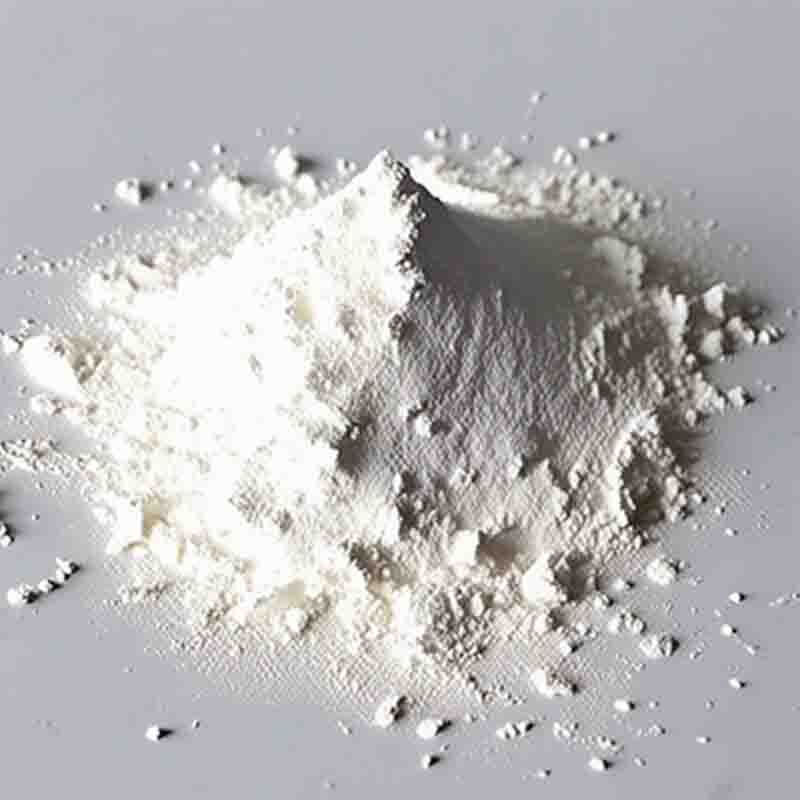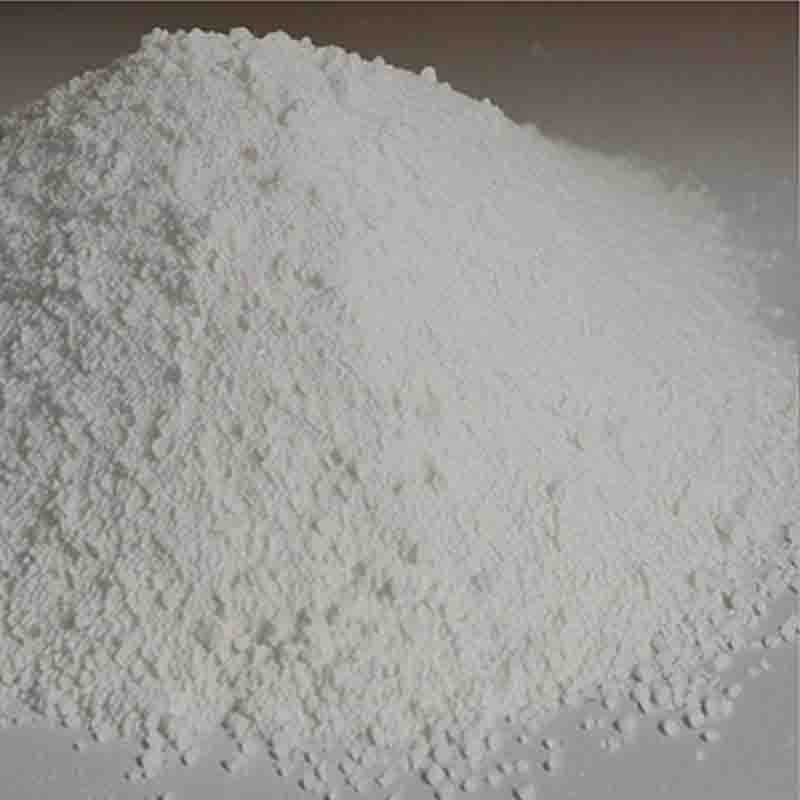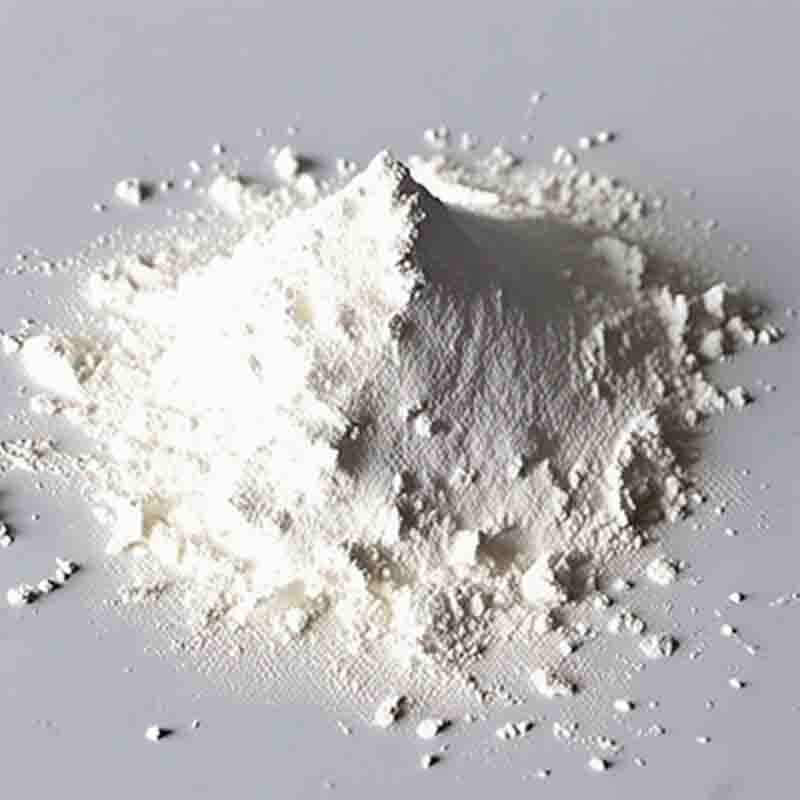3-[[[2-[[(4-Cyanophenyl)amino]methyl]-1-methyl-1H-benzimidazol-5-yl]carbonyl]pyridin-2-ylamino]propionic acid ethyl ester CAS: 211915-84-3
| Catalog Number | XD93641 |
| Product Name | 3-[[[2-[[(4-Cyanophenyl)amino]methyl]-1-methyl-1H-benzimidazol-5-yl]carbonyl]pyridin-2-ylamino]propionic acid ethyl ester |
| CAS | 211915-84-3 |
| Molecular Formula | C27H26N6O3 |
| Molecular Weight | 482.53 |
| Storage Details | Ambient |
Product Specification
| Appearance | White powder |
| Assay | 99% min |
3-[[[2-[[(4-Cyanophenyl)amino]methyl]-1-methyl-1H-benzimidazol-5-yl]carbonyl]pyridin-2-ylamino]propionic acid ethyl ester is a complex chemical compound with potential applications in the field of medicinal chemistry. Its intricate structure combines various functional groups that contribute to its potential therapeutic properties.The compound contains a benzimidazole ring, which is known for its broad range of biological activities. Benzimidazoles have shown antimicrobial, antiviral, antifungal, and anticancer properties. Thus, this compound may have the potential to be developed into a therapeutic agent for the treatment of various infectious diseases and cancers.Furthermore, the presence of a cyanophenyl group in the structure suggests potential targeting of specific enzymes or receptors. Cyanophenyl derivatives have exhibited inhibitory effects on several enzymes, including kinases and proteases, making them attractive candidates for drug development. This compound could potentially be used to design enzyme inhibitors for the treatment of diseases associated with these target proteins.The pyridine and carbonyl groups in the compound also indicate potential interactions with biological targets. Pyridine derivatives are versatile compounds that can modulate biological processes through binding to specific receptors, enzymes, or ion channels. The carbonyl group can participate in hydrogen bonding and other interactions, enabling the compound to bind and interact with target proteins effectively.The inclusion of an amino acid derivative in the compound, specifically the propionic acid group, holds promise for its use as a prodrug. Prodrugs are biologically inactive compounds that can be converted into active drugs through metabolic processes. By incorporating an ester group, this compound could potentially be designed to undergo enzymatic hydrolysis in the body, releasing the active drug and improving its pharmacokinetic properties.It is important to note that further investigations, including in vitro and in vivo studies, will be necessary to fully understand the compound's therapeutic potential, mechanism of action, efficacy, and safety profile. Additionally, efforts should be made to optimize the compound's pharmacokinetic properties, such as solubility, stability, and bioavailability, to enhance its drug-like characteristics.In summary, the complex structure of 3-[[[2-[[(4-Cyanophenyl)amino]methyl]-1-methyl-1H-benzimidazol-5-yl]carbonyl]pyridin-2-ylamino]propionic acid ethyl ester suggests potential applications in medicinal chemistry. Its various functional groups indicate potential interactions with biological targets and suggest the compound's potential as a therapeutic agent or prodrug. However, further research and development are required to fully understand and exploit its therapeutic potential for the treatment of specific diseases.


![3-[[[2-[[(4-Cyanophenyl)amino]methyl]-1-methyl-1H-benzimidazol-5-yl]carbonyl]pyridin-2-ylamino]propionic acid ethyl ester CAS: 211915-84-3 Featured Image](https://cdn.globalso.com/xdbiochems/白色粉末2215.jpg)
![3-[[[2-[[(4-Cyanophenyl)amino]methyl]-1-methyl-1H-benzimidazol-5-yl]carbonyl]pyridin-2-ylamino]propionic acid ethyl ester CAS: 211915-84-3](https://cdn.globalso.com/xdbiochems/粉末2142.jpg)





